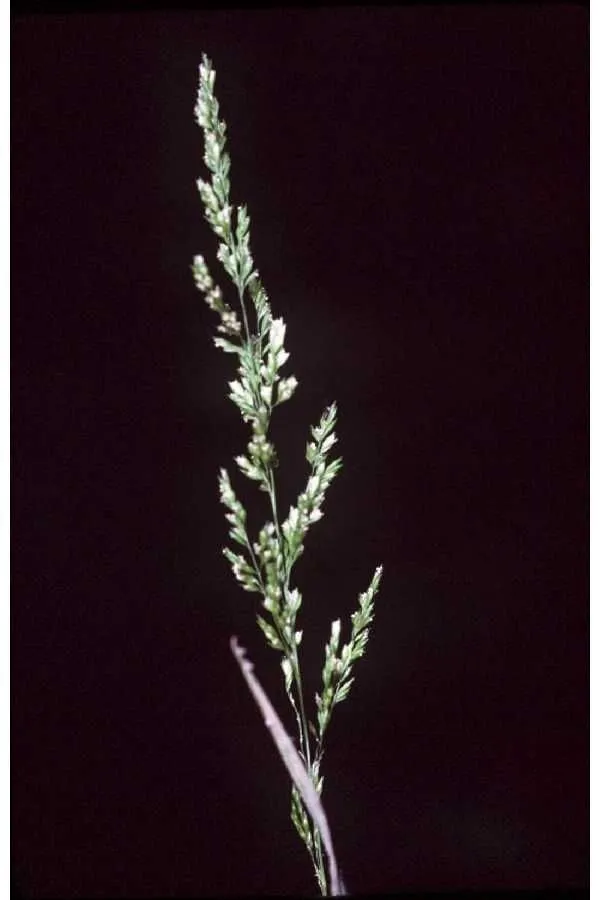
Author: (Michx.) Scribn.
Bibliography: Rhodora 8: 144 (1906)
Year: 1906
Status: accepted
Rank: species
Genus: Sphenopholis
Vegetable: False
Observations: Hawaiian Is., Canada to Mexico, Hispaniola
Prairie Grass: A Comprehensive Overview
Prairie grass, scientifically known as Sphenopholis obtusata, is a noteworthy species within the Poaceae family. This resilient grass has a native range that spans from the verdant landscapes of Canada down to the diverse terrains of Mexico, and it is also observed in the Hawaiian Islands and Hispaniola. The grass’s adaptability to various environments illustrates its robust nature and capacity to thrive under diverse climatic conditions.
First described in-depth in 1906 within the pages of Rhodora, this grass has garnered attention for its practical applications and ecological value. Prairie grass plays a pivotal role in both natural and managed ecosystems. As a vital forage species, it supports a multitude of herbivores, contributing to the stability and productivity of grassland habitats.
The species is notable for its adaptable growth patterns, making it an essential component of prairie restoration projects and soil conservation efforts. Its root systems help in preventing soil erosion, enhancing soil structure, and contributing to the overall health of the prairie ecosystem.
From an ecological perspective, Sphenopholis obtusata provides essential services, such as carbon sequestration and supporting biodiversity. The grass demonstrates a profound affinity for coexisting with a variety of flora and fauna, thereby fostering a balanced and resilient environment.
In understanding prairie grass, one appreciates not just a plant, but a crucial element of our natural heritage with significant ecological, agricultural, and environmental value. Whether restoring native prairies or supporting wildlife, Sphenopholis obtusata stands as a testament to the enduring vitality of grassland ecosystems.
Eng: prairie grass, prairie wedge grass, wedge grass, prairie wedgegrass, prairie wedgescale
Fra: sphénopholis obtus, sphénopholis obtuse
En: Prairie grass, Prairie wedge grass, Wedge grass, Prairie wedgescale, PRAIRIE WEDGEGRASS
Fr: Sphénopholis obtus, Sphénopholis obtuse
© copyright of the Board of Trustees of the Royal Botanic Gardens, Kew.
Taken Jan 1, 1900 by EOL − USDA NRCS Wetland Science Institute. (public)
Taken Jan 1, 1900 by EOL − John Hilty (cc-by-nc)
Taken Sep 14, 2008 by EOL − Dean Wm. Taylor (cc-by-nc-sa)
Taken Sep 20, 2009 by EOL − Steve Matson (cc-by-nc)
Taken Sep 20, 2009 by EOL − Steve Matson (cc-by-nc)
Taken Apr 10, 2011 by EOL − Steve Matson (cc-by-nc)
Taken Apr 10, 2011 by EOL − Steve Matson (cc-by-nc)
Taken Apr 10, 2011 by EOL − Steve Matson (cc-by-nc)
Taken Apr 10, 2011 by EOL − Steve Matson (cc-by-nc)
Growth form>: Bunch
Growth habit>: Graminoid
Growth rate>: Moderate
Ph maximum: 7.5
Ph minimum: 5.0
Family: Myrtaceae Author: (F.Muell.) K.D.Hill & L.A.S.Johnson Bibliography: Telopea 6: 402 (1995) Year: 1995 Status:…
Family: Rubiaceae Author: Pierre ex A.Froehner Bibliography: Notizbl. Bot. Gart. Berlin-Dahlem 1: 237 (1897) Year:…
Family: Sapindaceae Author: Koidz. Bibliography: J. Coll. Sci. Imp. Univ. Tokyo 32(1): 38 (1911) Year:…
Family: Asteraceae Author: A.Gray Bibliography: Pacif. Railr. Rep.: 107 (1857) Year: 1857 Status: accepted Rank:…
Family: Fabaceae Author: Medik. Bibliography: Vorles. Churpfälz. Phys.-Ökon. Ges. 2: 398 (1787) Year: 1787 Status:…
Family: Aspleniaceae Author: (Cav.) Alston Bibliography: Bull. Misc. Inform. Kew 1932: 309 (1932) Year: 1932…